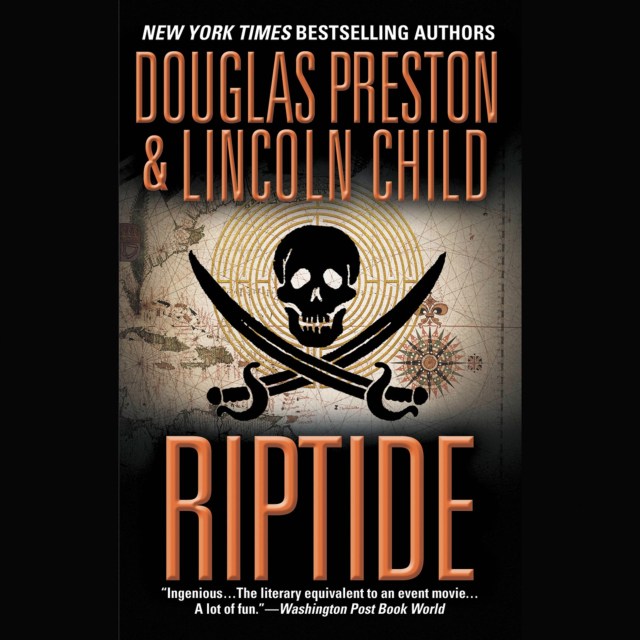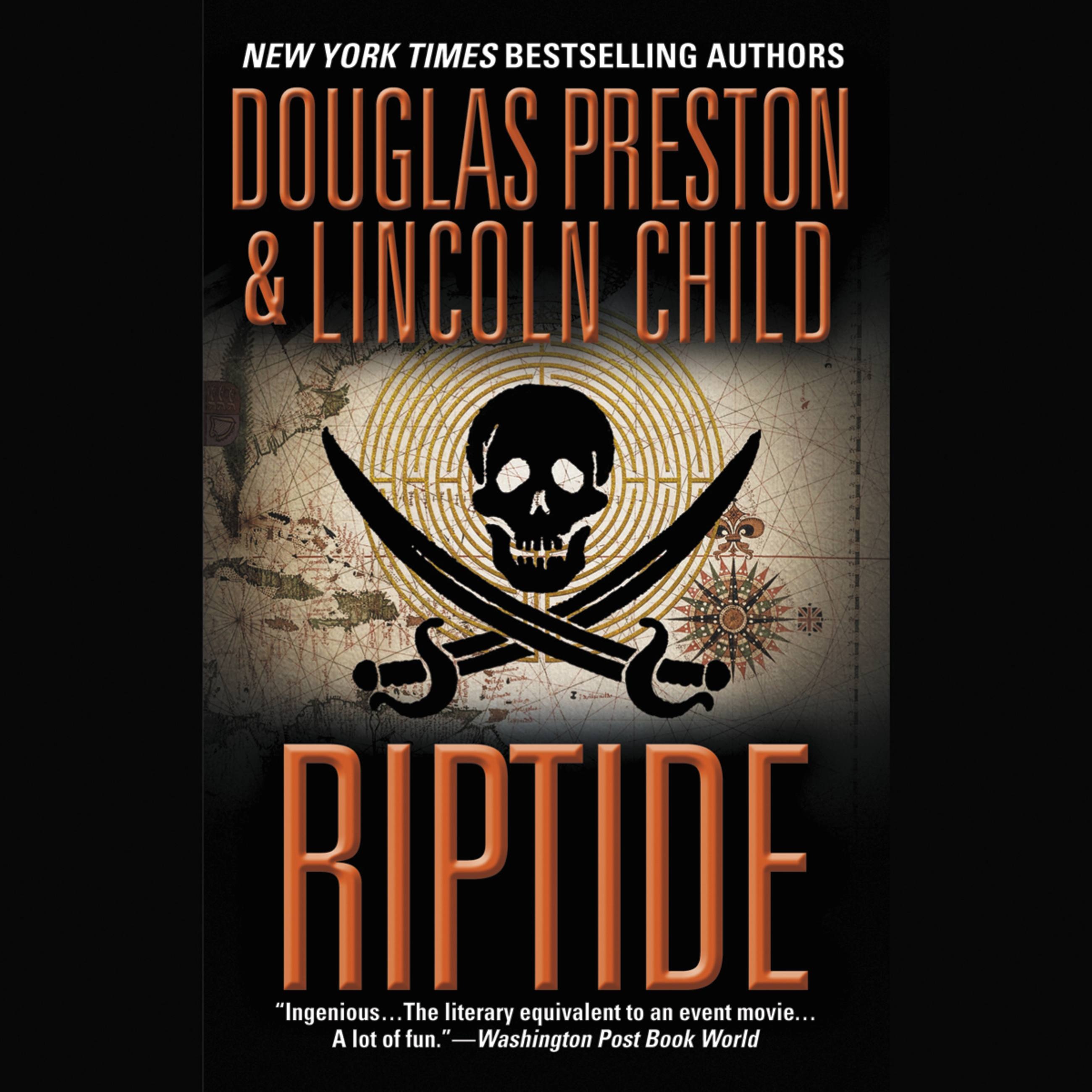Promotion
Use code MOM24 for 20% off site wide + free shipping over $45
Riptide
Contributors
Read by Scott Brick
Formats and Prices
Format
Format:
- Audiobook Download (Unabridged)
- ebook $7.99 $9.99 CAD
- Hardcover $30.00 $39.00 CAD
- Mass Market $7.99 $11.99 CAD
This item is a preorder. Your payment method will be charged immediately, and the product is expected to ship on or around August 3, 2010. This date is subject to change due to shipping delays beyond our control.
Also available from:
IN 1695, a notorious English pirate buried his bounty in a maze of booby-trapped tunnels on an island off the coast of Maine. In three hundred years, no one has breached this cursed and rocky fortress. Now a treasure hunter and his high-tech, million-dollar recovery team embark on the perfect operation to unlock the labyrinth’s mysteries. First the computers fail. The then crewmen begin to die. The island has guarded its secrets for centuries, and it isn’t letting them go–without a fight.
Genre:
- On Sale
- Aug 3, 2010
- Publisher
- Hachette Audio
- ISBN-13
- 9781607884729
Newsletter Signup
By clicking ‘Sign Up,’ I acknowledge that I have read and agree to Hachette Book Group’s Privacy Policy and Terms of Use






